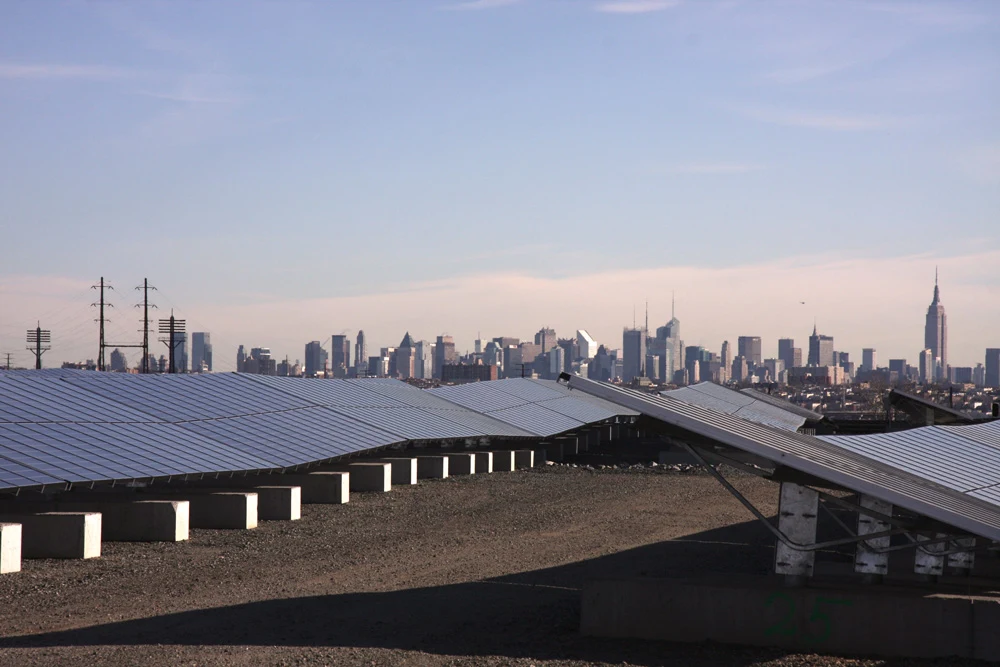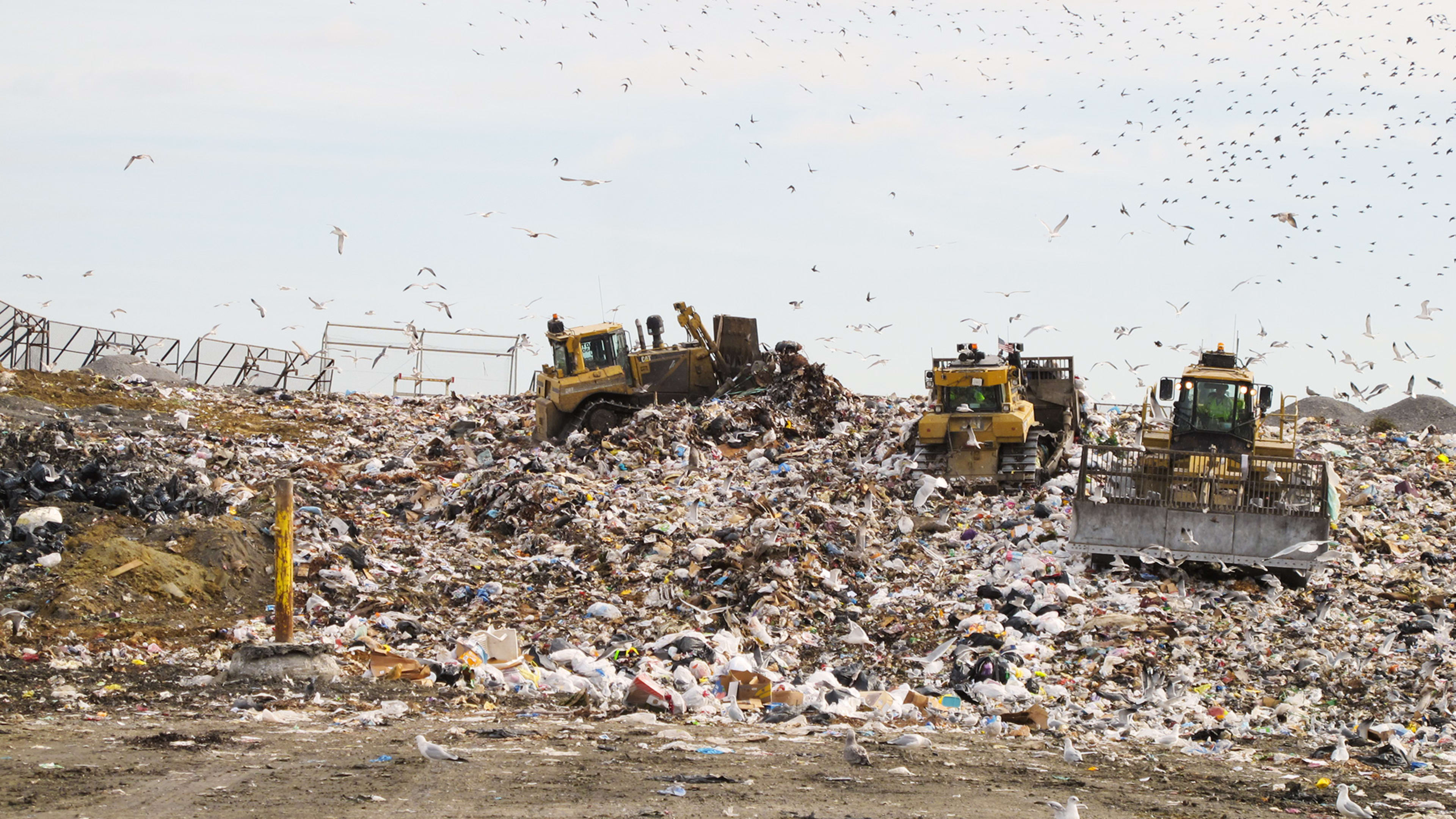Old landfills are often ideal sites for solar farms because the land has a limited number of alternative uses. It’s not possible to sink heavy foundations (which rules out large buildings) and environmental concerns weigh against other possibilities. Solar panels deliver valuable energy that the owner and developer can share, with states often chipping in with incentives or favorable policy.
A few years ago, many landfills were seeing second lives as golf courses. “There are so many golf courses that have sprung up over the last 20 years, there isn’t a need for any more,” says Todd Hranicka, who directs PSE&G’s solar landfill program in New Jersey. “That was the solution du jour for a lot of years. But now there’s not much you can do with a landfill–except for solar, of course, which is very productive.”

PSE&G, a public utility, has won approval for 42 megawatts worth of solar landfills and hopes to have 53 megawatts installed by 2016. This includes a new 8.2 megawatts site in Deptford and another 9 megawatts array in Bordentown.
PSE&G analyzed some 1,000 sites across New Jersey for their potential for solar, eventually narrowing the list to 22. The main criteria is that the site be stable; it should have been closed for 20 to 30 years, so everything can settle.
Second, Hranicka says the sites needed to be relatively large (for economies of scale reasons) and have enough electricity infrastructure. There also can’t be any compliance issues, like methane leaks.
PSE&G reduces its risk by promising not to break the landfill’s seal, which is either made of some kind of manmade material or is simply thick clay. The arrays sit on preformed concrete ballasts that lie on top of the ground and don’t penetrate. “We don’t want to be in the landfill business. We want to be in the solar business,” Hranicka adds. “The risk is oftentimes in the due diligence–we make sure there’s certain liability insurance in place.”
New Jersey is one of several states embracing the logic of solar landfills. Massachusetts has permitted 52 sites worth 103.9 megawatts, with about half already operating. The town of Dennis, in Cape Cod, is building a 6 megawatts park, for instance. Another project is the Shaffer landfill in Billerica, which is a Superfund site. Meanwhile, New York has plans to turn Freshkills landfill–once the world’s largest–into a solar park, and there are other well-known examples in Atlanta and Utah.
“There were some who believed that you couldn’t do this cost-effectively. We have proven them wrong,” adds Hranicka. “We now have a pipeline of 150 megawatts of landfills that we feel are developable.”
Recognize your brand’s excellence by applying to this year’s Brands That Matter Awards before the early-rate deadline, May 3.
